
Harthacnut, traditionally Hardicanute, sometimes referred to as Canute III, was King of Denmark from 1035 to 1042 and King of the English from 1040 to 1042.
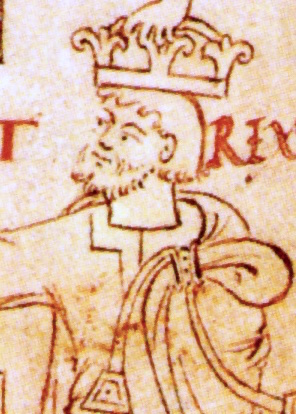
Cnut, also known as Canute and with the epithet the Great, was King of England from 1016, King of Denmark from 1018, and King of Norway from 1028 until his death in 1035. The three kingdoms united under Cnut's rule are referred to together as the North Sea Empire by historians.

Denmark and the former real union of Denmark–Norway had a colonial empire from the 17th through the 20th centuries, large portions of which were found in the Americas. Denmark and Norway in one form or another also maintained land claims in Greenland since the 13th century, the former up through the twenty-first century.

Frederick II was King of Denmark and Norway and Duke of Schleswig and Holstein from 1559 until his death in 1588.
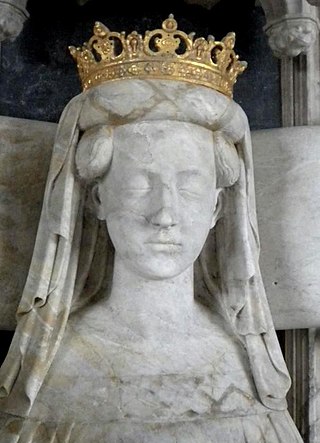
Margaret I was Queen regnant of Denmark, Norway, and Sweden from the late 1380s until her death, and the founder of the Kalmar Union that joined the Scandinavian kingdoms together for over a century. She had been queen consort of Norway from 1363 to 1380 and of Sweden from 1363 to 1364 by marriage to Haakon VI. Margaret was known as a wise, energetic and capable leader, who governed with "farsighted tact and caution," earning the nickname "Semiramis of the North". Also famous derisively as "King Breechless", one of several derogatory nicknames once thought to have been invented by her rival King Albert of Sweden, she was also known by her subjects as "Lady King", which became widely used in recognition of her capabilities. Knut Gjerset calls her "the first great ruling queen in European history."

Harald Sigurdsson, also known as Harald III of Norway and given the epithet Hardrada in the sagas, was King of Norway from 1046 to 1066. Additionally, he unsuccessfully claimed both the Danish throne until 1064 and the English throne in 1066. Before becoming king, Harald had spent around fifteen years in exile as a mercenary and military commander in Kievan Rus' and as a chief of the Varangian Guard in the Byzantine Empire. In his chronicle, Adam of Bremen called him the "Thunderbolt of the North".

Christian IV was King of Denmark and Norway and Duke of Holstein and Schleswig from 1588 until his death in 1648. His reign of 59 years and 330 days is the longest in Scandinavian history.
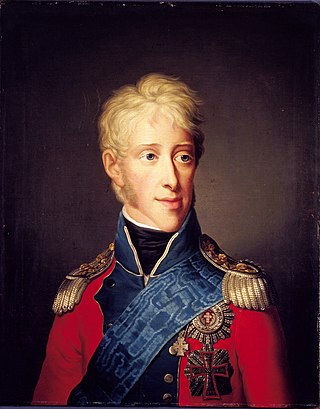
Frederick VI was King of Denmark from 13 March 1808 until his death in 1839 and King of Norway from 13 March 1808 to 7 February 1814. He was the last king of Denmark–Norway. From 1784 until his accession, he served as regent during his father's mental illness and was referred to as the "Crown Prince Regent". For his motto he chose God and the just cause and since the time of his reign, succeeding Danish monarchs have also chosen mottos in the Danish language rather than the formerly customary Latin.

Frederick V was King of Denmark and Norway and Duke of Schleswig-Holstein from 6 August 1746 until his death in 1766. A member of the House of Oldenburg, he was the son of Christian VI of Denmark and Sophie Magdalene of Brandenburg-Kulmbach.
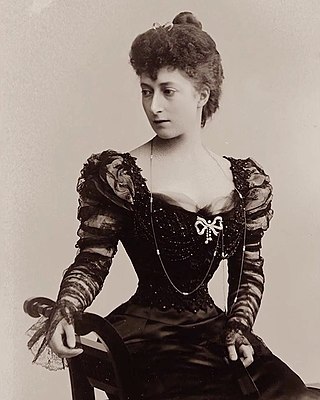
Maud of Wales was Queen of Norway as the wife of King Haakon VII. The youngest daughter of King Edward VII and Queen Alexandra of the United Kingdom, she was known as Princess Maud of Wales before her marriage, as her father was the Prince of Wales at the time.
Jury tampering is the crime of unduly attempting to influence the composition or decisions of a jury during the course of a trial. The means by which this crime could be perpetrated can include attempting to discredit potential jurors to ensure they will not be selected for duty. Once selected, jurors could be bribed or intimidated to act in a certain manner on duty. It could also involve making unauthorized contact with them for the purpose of introducing prohibited outside information and then arguing for a mistrial. In the United States, people have also been charged with jury tampering for handing out pamphlets and flyers indicating that jurors have certain rights and obligations, including an obligation to vote their conscience notwithstanding the instructions they are given by the judge.

District courts are a category of courts which exists in several nations, some call them "small case court" usually as the lowest level of the hierarchy.
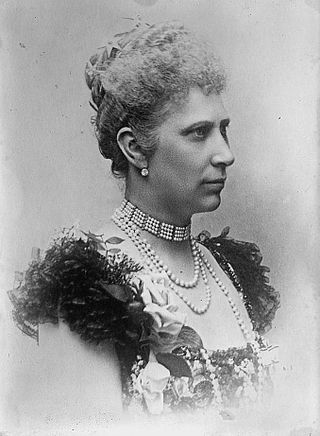
Louise of Sweden was Queen of Denmark from 1906 until 1912 as the wife of King Frederick VIII.

Caroline Matilda of Great Britain was Queen of Denmark and Norway from 1766 to 1772 by marriage to King Christian VII.
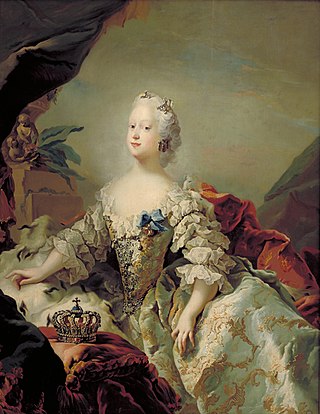
Louise of Great Britain was Queen of Denmark and Norway from 1746 until her death, as the first wife of King Frederick V. She was the youngest surviving daughter of King George II of Great Britain and Caroline of Ansbach.

Danish India was the name given to the forts and factories of Denmark in the Indian subcontinent, forming part of the Danish overseas colonies. Denmark–Norway held colonial possessions in India for more than 200 years, including the town of Tharangambadi in present-day Tamil Nadu state, Serampore in present-day West Bengal, and the Nicobar Islands, currently part of India's union territory of the Andaman and Nicobar Islands. The Danish and Norwegian presence in India was of little significance to the major European powers as they presented neither a military nor a mercantile threat. Dano-Norwegian ventures in India, as elsewhere, were typically undercapitalized and never able to dominate or monopolize trade routes in the same way that British, French, and Portuguese ventures could.

Charlotte Amalie of Hesse-Kassel was Queen of Denmark and Norway by marriage to King Christian V. Although she did not have much political influence, she was a successful businesswoman in her many estates and protected foreign Protestant non-Lutherans from oppression. She gained popularity for defending Copenhagen from Swedish forces in 1700. The city of Charlotte Amalie was named after her in 1691.

Sophie Magdalene of Brandenburg-Kulmbach was Queen of Denmark and Norway by marriage to King Christian VI of Denmark and Norway.
Margaret of Scotland was Queen of Norway as the wife of King Eric II. She is sometimes known as the Maid of Scotland to distinguish her from her daughter, Margaret, Maid of Norway, who succeeded to the throne of Scotland.

Law in India primarily evolved from customary practices and religious prescriptions in the Indian subcontinent, to the modern well-codified acts and laws based on a constitution in the Republic of India. The various stages of evolution of Indian law is classified as that during the Vedic period, the Islamic period, the British period and post independence.


















